Author: Cyril Richert
Yesterday we held our public meeting at the Wessex House from 7pm to 9pm.


[click on the photos to see them bigger]

In front of a large audience (according to several observers, more than 100 people attended) I had the occasion to introduce the debate, with a few words regarding the speakers and those who where invited but where not on the platform (I heard clearly some noises from the public when I quoted the reason given by Delancey, and I cannot resist quoting them here again for your enjoyment: “We are happy to talk to answer any further query that were raised but public meeting forums are not the best way to discuss elements of the scheme.”)
 Tony Tuck told us about the role of the Battersea Society in this debate. He highlighted the response of the Society to the proposals for a redevelopment of Clapham Junction Station, questioned the lack of affordable housing, the design of the towers (quoting CABE’s comments) and stressed the urgent need for an overall vision for Battersea Town Centre, including the need of a global policy on tall buildings in Wandsworth.
Tony Tuck told us about the role of the Battersea Society in this debate. He highlighted the response of the Society to the proposals for a redevelopment of Clapham Junction Station, questioned the lack of affordable housing, the design of the towers (quoting CABE’s comments) and stressed the urgent need for an overall vision for Battersea Town Centre, including the need of a global policy on tall buildings in Wandsworth.
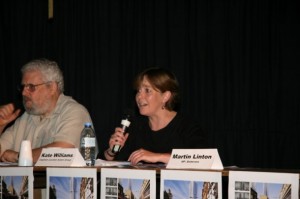 Kate Williams, on behalf of the Clapham Junction Action Group, focused on the comments made by the local residents, with some of the 400 letters and emails sent to the Council. We had a bit of a laugh when she told us about the number of support messages sent from the same email address, coincidently working, apparently, for a communication agency (I heard some “name and shame” from the public 😉 ). She highlighted the importance for the residents to write to the Council and send their views (there is no specific target on the number of letters, but one of the reasons for the acceptance of the Ram Brewery project was the lack of comments, and the more than 500 objections for the project in Putney played an important role in the Planning Committee’s decision to reject the proposal). Always remember that every single voice counts, so it is important that people write personally instead of sending a group objection.
Kate Williams, on behalf of the Clapham Junction Action Group, focused on the comments made by the local residents, with some of the 400 letters and emails sent to the Council. We had a bit of a laugh when she told us about the number of support messages sent from the same email address, coincidently working, apparently, for a communication agency (I heard some “name and shame” from the public 😉 ). She highlighted the importance for the residents to write to the Council and send their views (there is no specific target on the number of letters, but one of the reasons for the acceptance of the Ram Brewery project was the lack of comments, and the more than 500 objections for the project in Putney played an important role in the Planning Committee’s decision to reject the proposal). Always remember that every single voice counts, so it is important that people write personally instead of sending a group objection.
 Martin Linton, our MP for Battersea, who joined us immediately after attending an important vote on the 3rd runway in Heathrow in Westminster, spoke about the role of the government, spending £9 million on the installation of lifts to make the station step-free by the end of 2009, and the commitment of Network Rail to provide a budget for station improvements (reopening of Brighton Yard, complete with gate-line and ticketing facilities, to complement the lifts and the straightening and lengthening of platforms). He also expressed his concerns about the lack of affordable housing and his desire, along with that of the other Societies in Wandsworth, for a global policy on tall buildings in the Borough.
Martin Linton, our MP for Battersea, who joined us immediately after attending an important vote on the 3rd runway in Heathrow in Westminster, spoke about the role of the government, spending £9 million on the installation of lifts to make the station step-free by the end of 2009, and the commitment of Network Rail to provide a budget for station improvements (reopening of Brighton Yard, complete with gate-line and ticketing facilities, to complement the lifts and the straightening and lengthening of platforms). He also expressed his concerns about the lack of affordable housing and his desire, along with that of the other Societies in Wandsworth, for a global policy on tall buildings in the Borough.
Approximately one hour was devoted to the public, giving people the opportunity to discuss, make points and raise questions. Tony Belton, Councillor for Latchmere ward, leader of the opposition Labour Group and member of the Planning Committee, confirmed the importance of personal communication, and also suggested sending letters/emails to the Secretary of the Planning Committee, Martin Newton, asking that they be circulated amongst the members. He said: “As a member of the planning committee, I’m officially not meant to pre-judge. All I can say is that I have never voted for a 42-storey block before and I’d be interested in the arguments that would persuade me to do so. Draw your own conclusions from that“. He urged people to attend the planning meeting (which may take place as soon as March 12th) where the towers will be discussed, saying: “It’s difficult to do something unpopular when you’re standing beside 100 people who don’t like what you’re doing.”
Other participants talked about their concern for the buildings which will be destroyed by the scheme, such as The Windsor Castle, the issue of insufficient parking spaces, the support of the Mayor of London (Boris Johnson’s office declared that “the towers would be attractive city elements contributing to London’s skyline“) despite minor comments, the size of the 500 new flats, etc.
 All three of the Councillors of Northcote ward added their comments and acknowledged the concerns of their constituents. Peter Dawson referred to the decision on the Putney Towers as very important, because it gives the key grounds on which such a planning application could be refused, and suggested to careful reading of the report published.
All three of the Councillors of Northcote ward added their comments and acknowledged the concerns of their constituents. Peter Dawson referred to the decision on the Putney Towers as very important, because it gives the key grounds on which such a planning application could be refused, and suggested to careful reading of the report published.


There was no news of the Councillors in Shaftesbury ward (someone confirmed to me that despite appearances, they really exist!).
We finished the meeting after 2 hours, by 9pm.
I would like once again to thank all of the participants, 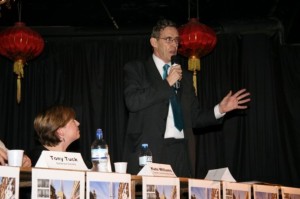 especially those on the platform with us: Martin Linton, who rushed from Parliament to join us, Tony Tuck and the Battersea Society (with their secretary, Harvey Heath). I won’t forget Wendy Deakins, who helped with the organisation of the venue, and Peter Deakins, who displayed drawings to show alternative developments of the area. Pamela Price provided wonderful Wessex House, with lighting from Phil (Lolli Parties) and Darren for the sound (SLR). A photographic record of the event was taken by Chrysoulla Rosling and video (coming soon on this website) was recorded by Pierre-Phillipe Ravier. Bindu Joshi was a great hand with the microphone amongst the public. Thanks also for all of the help we had, in the Clapham Action Group, from you, distributing leaflets and helping where needed, from all of you who attended the meeting, and from you too for reading this website.
especially those on the platform with us: Martin Linton, who rushed from Parliament to join us, Tony Tuck and the Battersea Society (with their secretary, Harvey Heath). I won’t forget Wendy Deakins, who helped with the organisation of the venue, and Peter Deakins, who displayed drawings to show alternative developments of the area. Pamela Price provided wonderful Wessex House, with lighting from Phil (Lolli Parties) and Darren for the sound (SLR). A photographic record of the event was taken by Chrysoulla Rosling and video (coming soon on this website) was recorded by Pierre-Phillipe Ravier. Bindu Joshi was a great hand with the microphone amongst the public. Thanks also for all of the help we had, in the Clapham Action Group, from you, distributing leaflets and helping where needed, from all of you who attended the meeting, and from you too for reading this website.
Last but not least, special thanks for Tony Belton who spontaneously asked for some donation from the public to help fund the meeting.
Stay with us, it’s not over: we have just received a leaflet from Metro Shopping this morning advertising their proposal!
The Planning Applications Committee will be meeting either for the 12th of March or later. As Tony Tuck emailed me today: “If people get to that meeting in sufficient numbers to cause a move into he Council Chamber then I think it will not only be a powerful psychological factor, but a great eye opener for those people in “the public realm”, as I put it last night, who have not seen local democracy in action.“. You can be sure that the Clapham Junction Action Group will join the efforts of the Battersea Society on that aim.


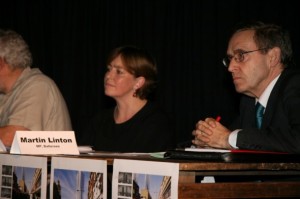



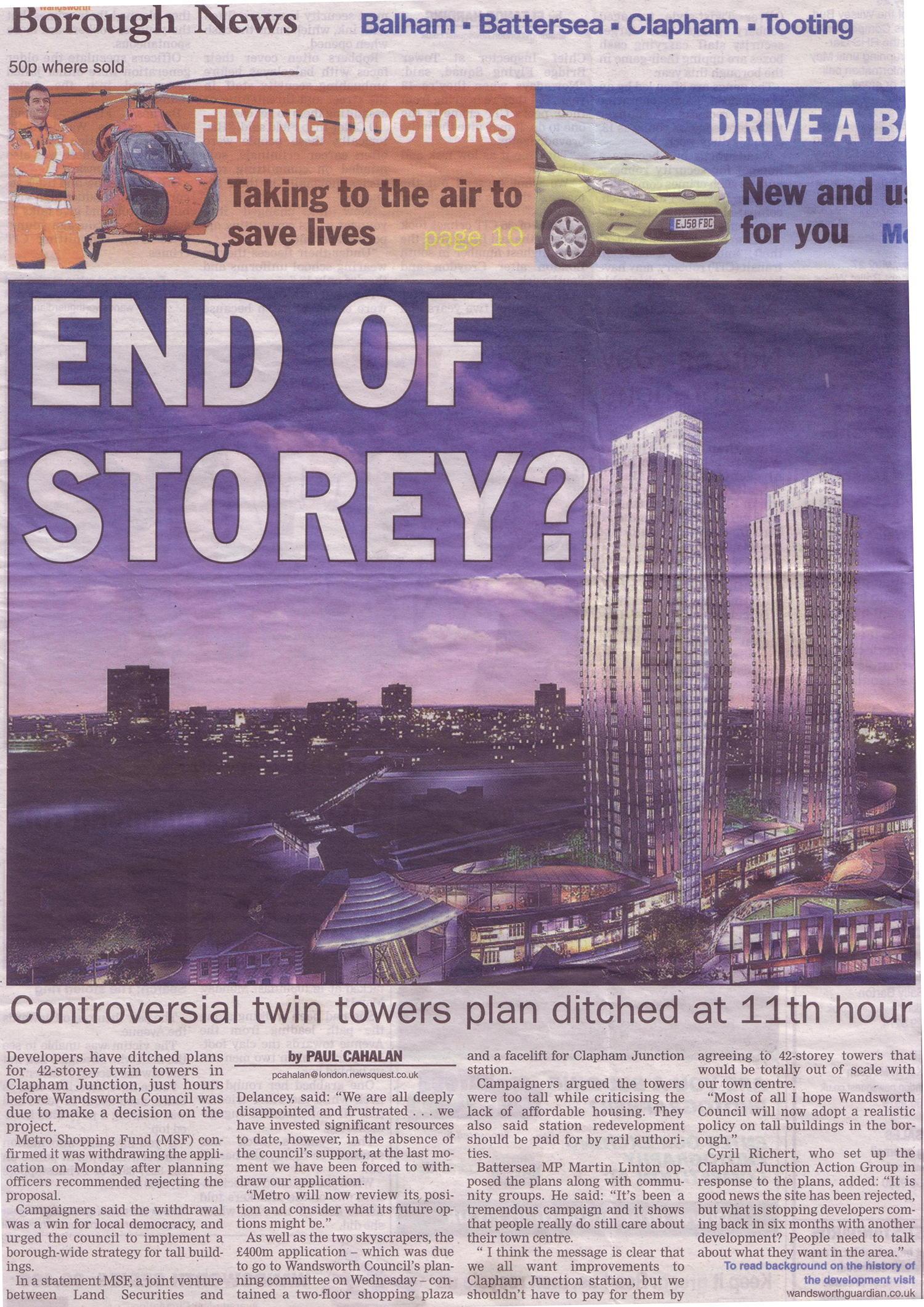
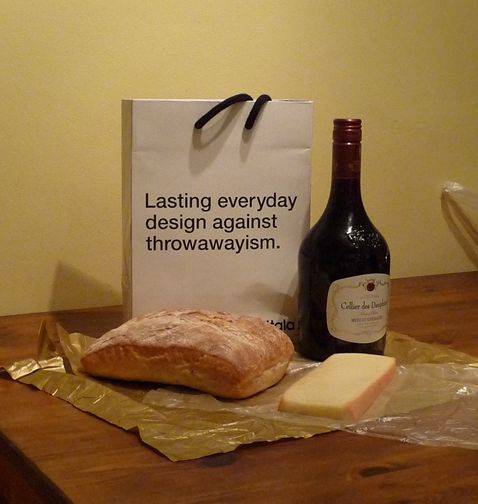
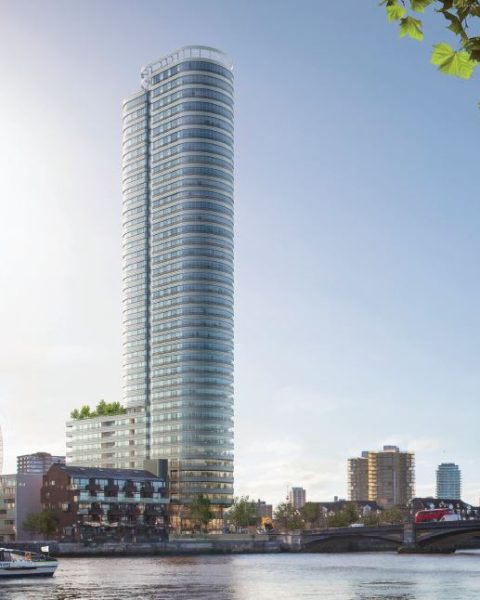
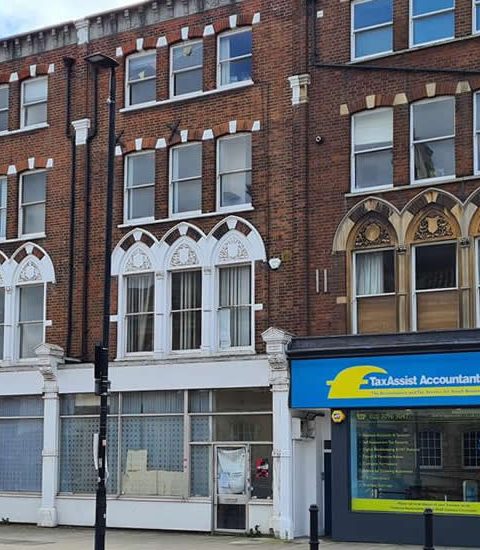
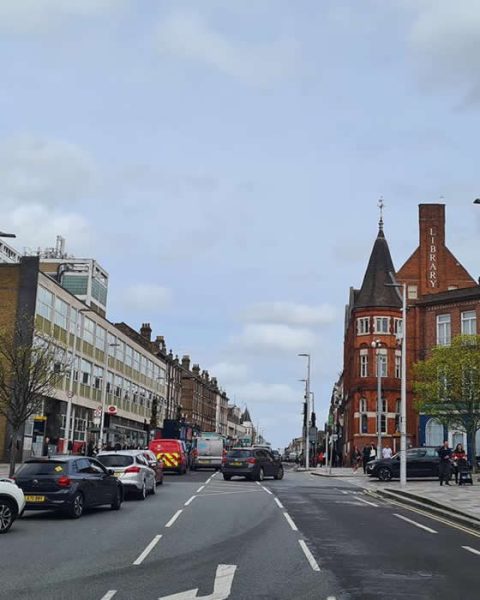

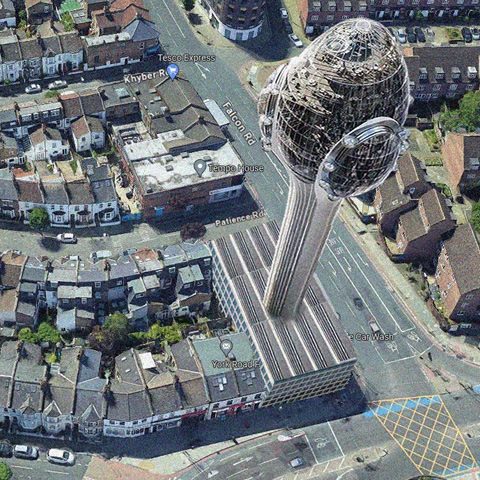
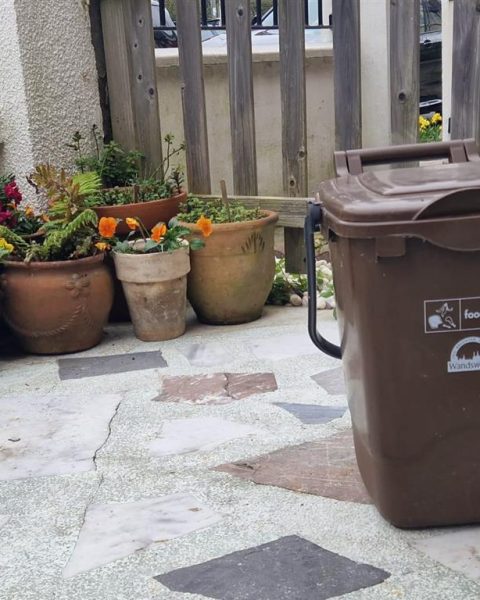
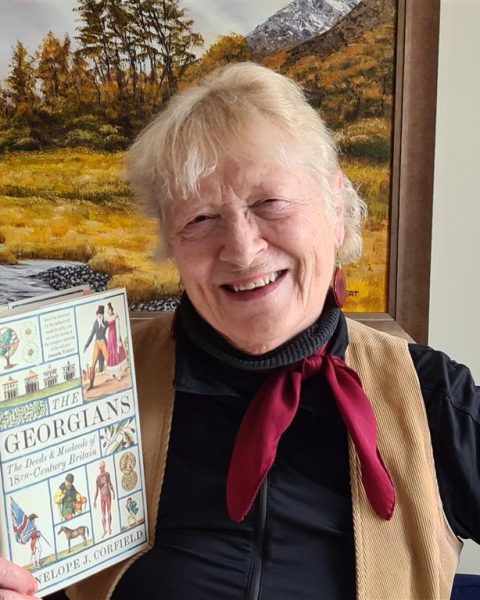
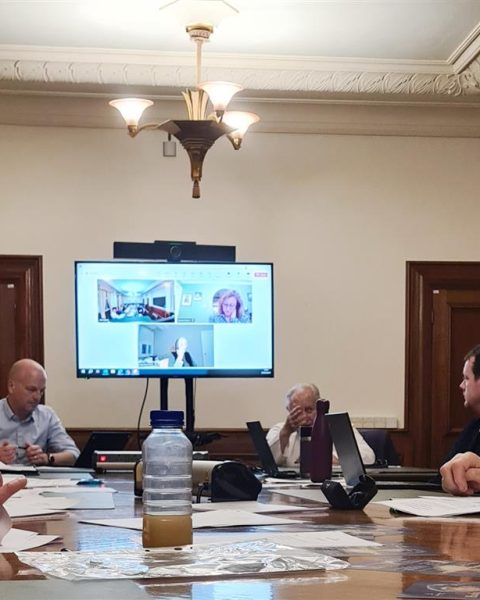
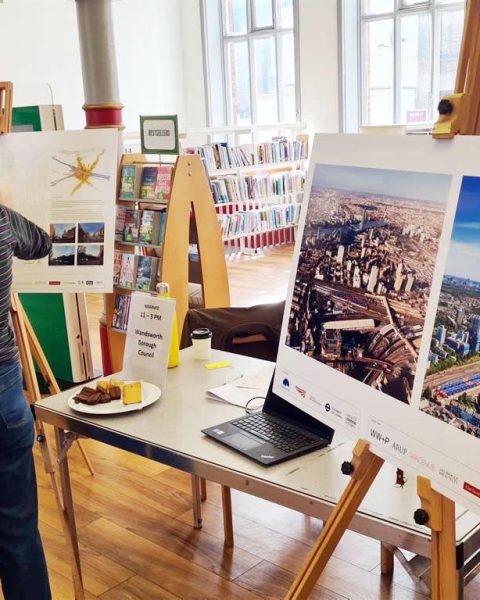
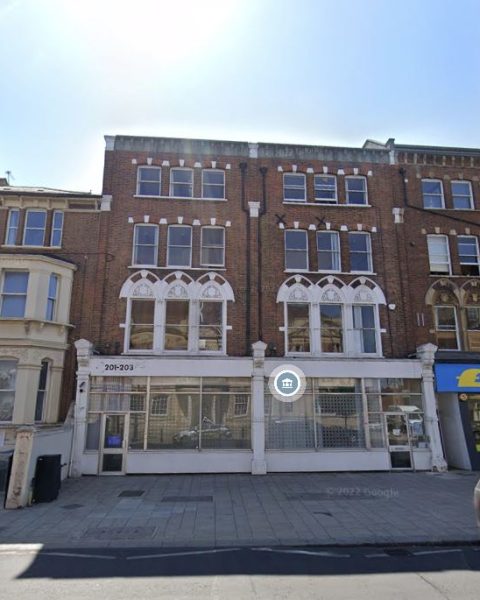


There are things I want to know….
When did Delancey etc acquire the properties they intend to demolish? Did they target the area?
I went to the pub the lady spoke about, The Windsor Castle. We went in that evening and it clearly is very much a local community pub (huge like a barn) which will be a real loss to locals. Can the Council really say OK it goes without any respect for the social consequences?. The people in the pub are very much ordinary locals (no masters of the universe to be seen) and one can guess they are not going to fight because sadly that is how people are, they are unlikely to put their pints down, although later they will say that it shouldn’t have been allowed.
How exactly does this deal work…who pays what to whom? What does section 106 cover in this case (what will the Council get out of it?) have we access to this information?
How LITTLE are Railtrack putting into the kitty (if anything at all) in return for what exactly …the Station Improvements, yes…but where is Railtrack’s actual leverage. What are they giving in return for all that money? Permission to create new inconvenient (as I see it) entrances? What exactly?
I expect I am being naïve and missing something obvious.
What was that guy talking about when he said the Council would bring managers in to manage the block, and it would all end up as cheap housing (which I can well imagine). What would the Council have to do with it? I couldn’t understand that bit.
How will Delancey etc make their money…by selling leases to shops…or selling the lot on…???
What is the usual scenario? These pirates are boarding a ship some of which they don’t even own! Exactly how much don’t they own?
What part of the building is owned by a Union…WHAT UNION? Have we heard from them?
Who OWNS the pub? Someone there said Punch, but I guess they are just tenants anyway.
Space for approx 50 retail units….how can they be sure they will make a profit?
Will anyone losing their office space and shops get compensation? It sounded like they would not. Surely some of those issues should surely be included under Section 106. Can we see what Section 106 does contain with reference to this development?
They seem to be pretty put out by our action, as they have just yesterday distributed thousands of glossy brochures around our area, and were handing out cards for people to support the application at the Junction!
PS Just Google ‘section 106’ it comes up straight away and is a very popular section of the planning law. I won’t spoil it for you…a cross between bribery and extortion in my opinion.
And another thing
http://www.localworks.org/
Wandsworth Council are not yet listed as having access to the use of The Sustainable Communities Act which if they join will empower us, through our Council to put pressure on the Government.
I have written to ask whether they are going to put themselves on the list. If they don’t, we can’t use the Act…have a look.
Regarding what is owned by who, there was some question about the parking space behind PCS.
According to Tony Tuck, PCS own their own walled car park adjacent to their own building.
Peter Deakins added that NetworkRail might own at least half of Station Approach (plus the land with planting beside it), as well as what remains of Prested Road. It was confirmed to him by the borough engineers at a fairly recent Junction Partnership meeting, in law half of all roads belong to the adjoining properties, but this is relinquished to the local authority when the owners wish the LA to be responsible for highway installation and maintenance. The LA owns nothing.
The principal access to the booking-hall is also a very long-standing public ‘right-of-way’ (whoever currently ‘owns’ it), as is confirmed by an Ordnance Survey map that Peter has of the area as it was before the current Shop-Stop scheme was built.
It’s quite important as there is a big Section 106 issue to be raised potentially if NR are selling land but also receiving benefits through 106.
I am appalled that this scheme involves not only the demolition of the Windsor Castle public house, but also relatively new buildings such as the shopping mall/main station entrance and I believe also the PCS building. What a terrible waste of money.
I don’t object to tall buildings as such, though feel they are best located in city centers like the City of London and Docklands where the cluster effect produces a dramatic skyline.
These would be mainly office buildings, so there is a need for tall residential buildings elsewhere, but these should always include a large percentage of affordable housing, including low-rent council or housing association apartments.
I’ve no objection to the height of the towers, just the fact that they would be solely luxury apartments for sale, and the whole project involves demolition of perfectly good buildings constructed in the last 20-30 years, and also the demolition of the attractive and popular Windsor Castle public house.
The station improvements are welcome, but most of these are being done under a separate scheme altogether.
My main demand is no demolition of existing buildings, except the very old ones west of the Windsor Castle belonging to the station (i.e. going up St John’s Hill towards the railway bridge).
Station was screwed up in the 80’s by the same group; Reached breaking point when they had to instal barriers. The mistake first time around was to build retail space and then think about the station.
This time the focus is on residential but essentailly same mistake.
CJ’s location; with the hill looking over the tracks offers unique opportunities to do something special e.g. get Grant road more involved.
This time Battersea residents are a different lot and know how to fight these issues.